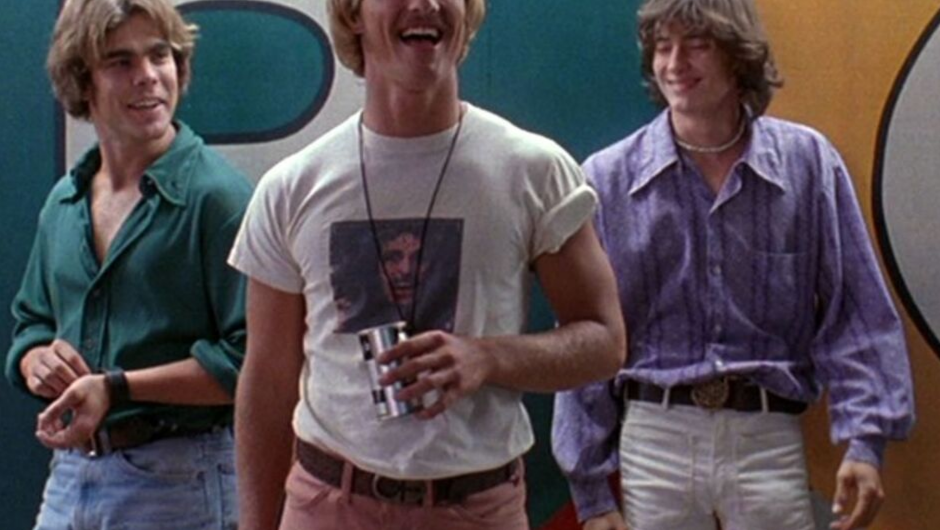 Do Good Better
Do Good Better
My Do-Gooder Adolescence
I bit the inside of my mouth. It did not work. I dug my fingernails into the side of my leg. It did not work. I was running out of anti-crying techniques. And, I did not want my students to see me cry. So, I asked to be alone. They agreed and left the one-room cabana we were sharing. I stepped into the bathroom, turned on the shower to mask any noise, and cried. I was a hard cry.
My students and I were implementing the first phase of our indoor air pollution initiative in Siete de Abril, Honduras. It was my first trip to a developing country. I was my first time witnessing that depth of poverty. And, earlier that day, while they were in the community, I visited a Nutrition Center for abandoned kids. The kids gathered around me. They tugged at my beard. They rubbed my head. They called me “Pellon.” I was told that most of them were my son’s age. And, they were doing some of the same things that he does to show me love. It was my first time holding malnourished children in my arms. And, I was overwhelmed with emotions.
That moment transformed me. It lit a fire in me. I was inflamed with a passion to make a difference in the lives of others. If there are different stages in the life of do-gooder, then that moment in Honduras launched me into my “do-gooder adolescence.” During my do-gooder adolescence, that fire burned uncontrollably. During my do-gooder adolescence:
- I referred to myself as a change-maker.
- I spoke without hesitation for those “without a voice.”
- I carried around an “At least I am doing something” trump card.
- I signed off on every undergraduate research project being conducted in Haiti.
- I attended the Clinton Global Initiative University (multiple times)
- I was always asking “Why is no one else doing anything?”
- I motivated my students with exclamations of “We can do so much!”
- I swore in letters to donors that our work in Honduras “Was changing lives.”
During my do-gooder adolescence, my theory of change was:
- me –> do good –> move poor people out of poverty
During my do-gooder adolescence, I had the following association:
- poor person = good person
During my do-gooder adolescence, I had another association:
- me = selfless
During my do-gooder adolescence, I wore a cape.
I grew up, though. I matured. I learned. My thinking evolved. It got more nuanced and complex. I took off the cape. I re-assessed my theory of change. And, today, I blog about the “Do’s and Don’ts of Doing Good.” I teach a class titled “DoGoodernomics” where I ask students to systematically and unmercifully analyze any and all ways that those who are material prosperous attempt to bring poverty to an end.
Don’t get me wrong. Growing up was not easy. In fact, it was rather hard. It was made even harder by the fact that a number of prominent and powerful individuals in our community and our culture seem to be trapped in an extended “do-gooder adolescence.” Like Matthew MacConaughey’s character in Dazed and Confused, they have already graduated but are still going to high school parties.
I should start a non-profit called the “Do-Gooder Development Initiative.” I can collect some donations and rehabilitate do-gooders who are trapped in an extended adolescence. I will give them a hand up instead of hand out. I wont give them a fish. I will teach them how to fish. Because, we need to speed up their maturation process. If not for our own sake, at least for the sake of nearly half the world’s population that lives on less than $2.50 a day.
+++++
This post originally appeared on shawnhumphrey.com
+++++
Questions, comments or want to learn more? Just fill out the CONTACT form on my ABOUT page and I will get back with you right away. Thanks. – shawn